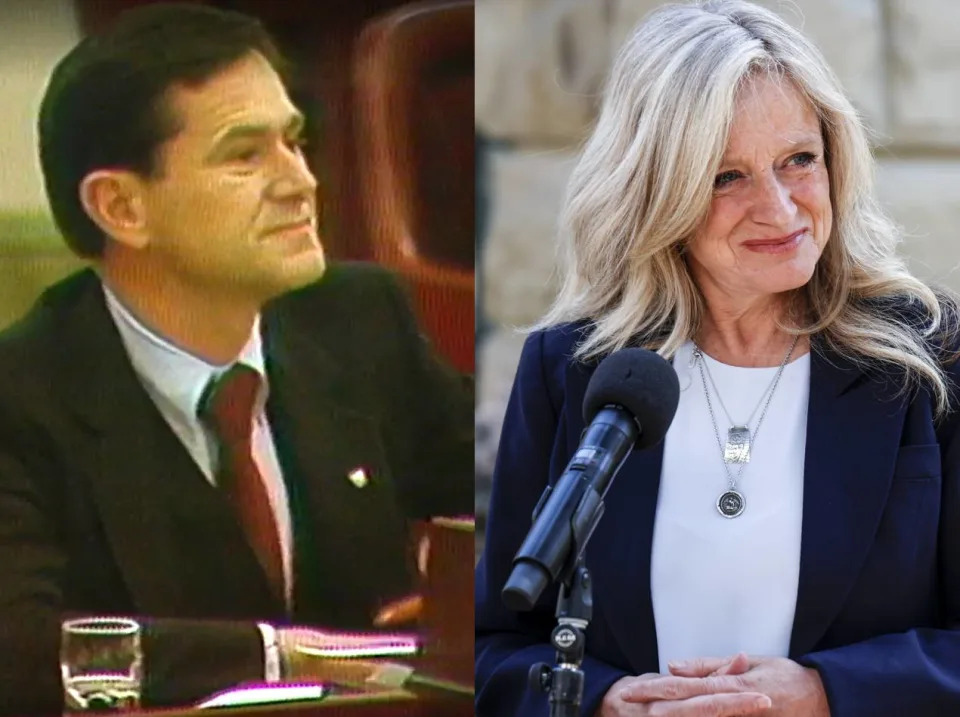The Canadian Press
Tue, October 17, 2023

OTTAWA — Finance Minister Chrystia Freeland is applauding the B.C. government for going after short-term rentals and says the federal government is looking at what it can do on the issue as well.
The B.C. government has introduced new legislation that involves forcing those who offer short-term accommodation to actually live on the property, NDP Premier David Eby told a news conference on Monday.
Eby said the government is also set to increase fines for short-term rental operators who break municipal bylaws and will require short-term rental platforms to share data with the province for enforcement and tax purposes.
"This is a positive and important step in the right direction in an area of provincial jurisdiction," Freeland said in a news conference on Tuesday.
"We know that short-term rentals through sites like Airbnb and VRBO mean fewer homes for Canadians to rent and live in full time, especially in urban and populated areas of our country."
She said her government is looking at what can be done at the federal level to ensure more short-term rentals are made available as long-term rentals.
The finance minister said this is part the government's efforts to address the housing shortage in both the immediate and medium terms.
"We really do understand that housing is a very challenging issue for Canadians," Freeland said.
"We are looking around and are saying, 'What can we do right away that makes more homes available for Canadians?' And ... short-term rental is one of those spaces."
This report by The Canadian Press was first published Oct. 17, 2023.
The Canadian Press















